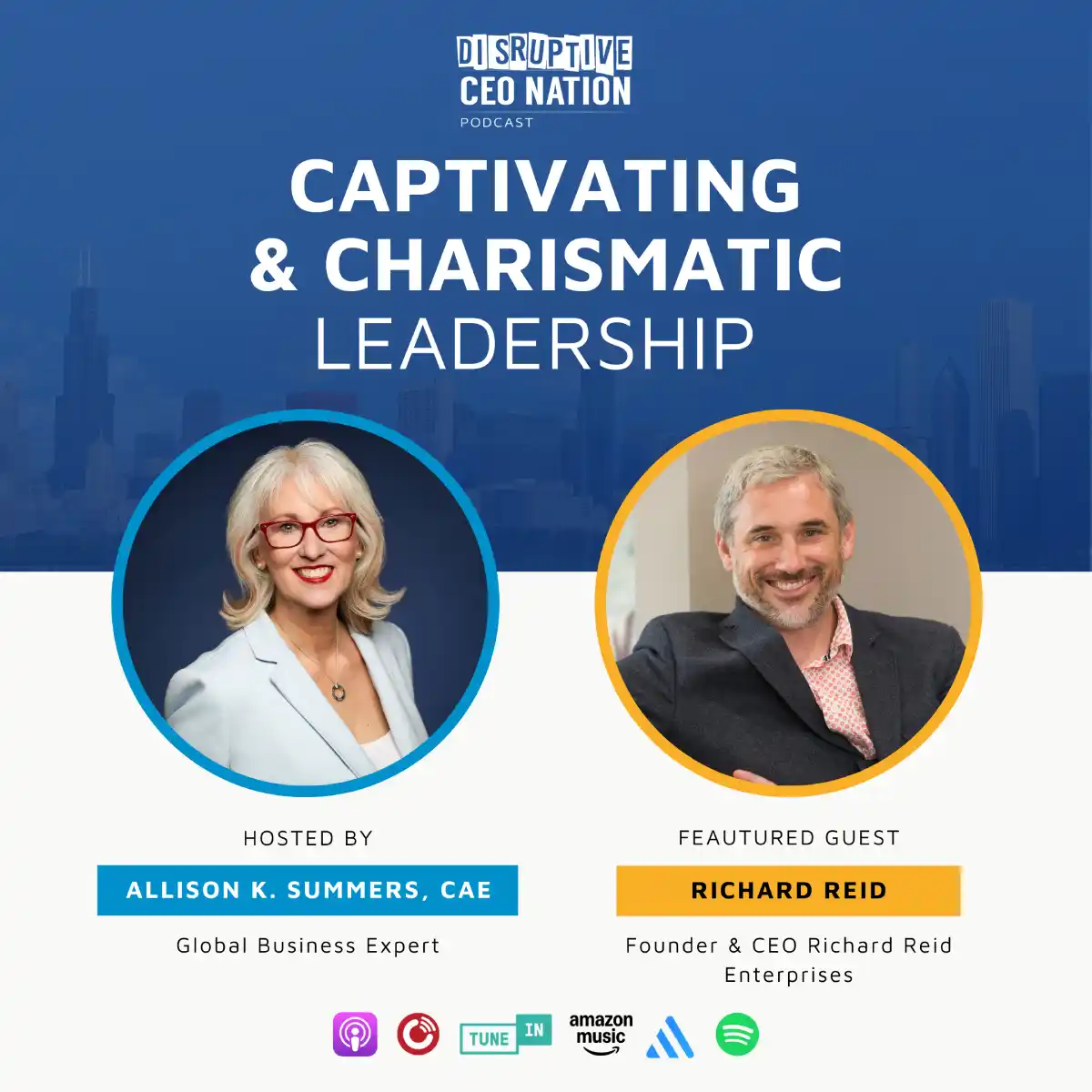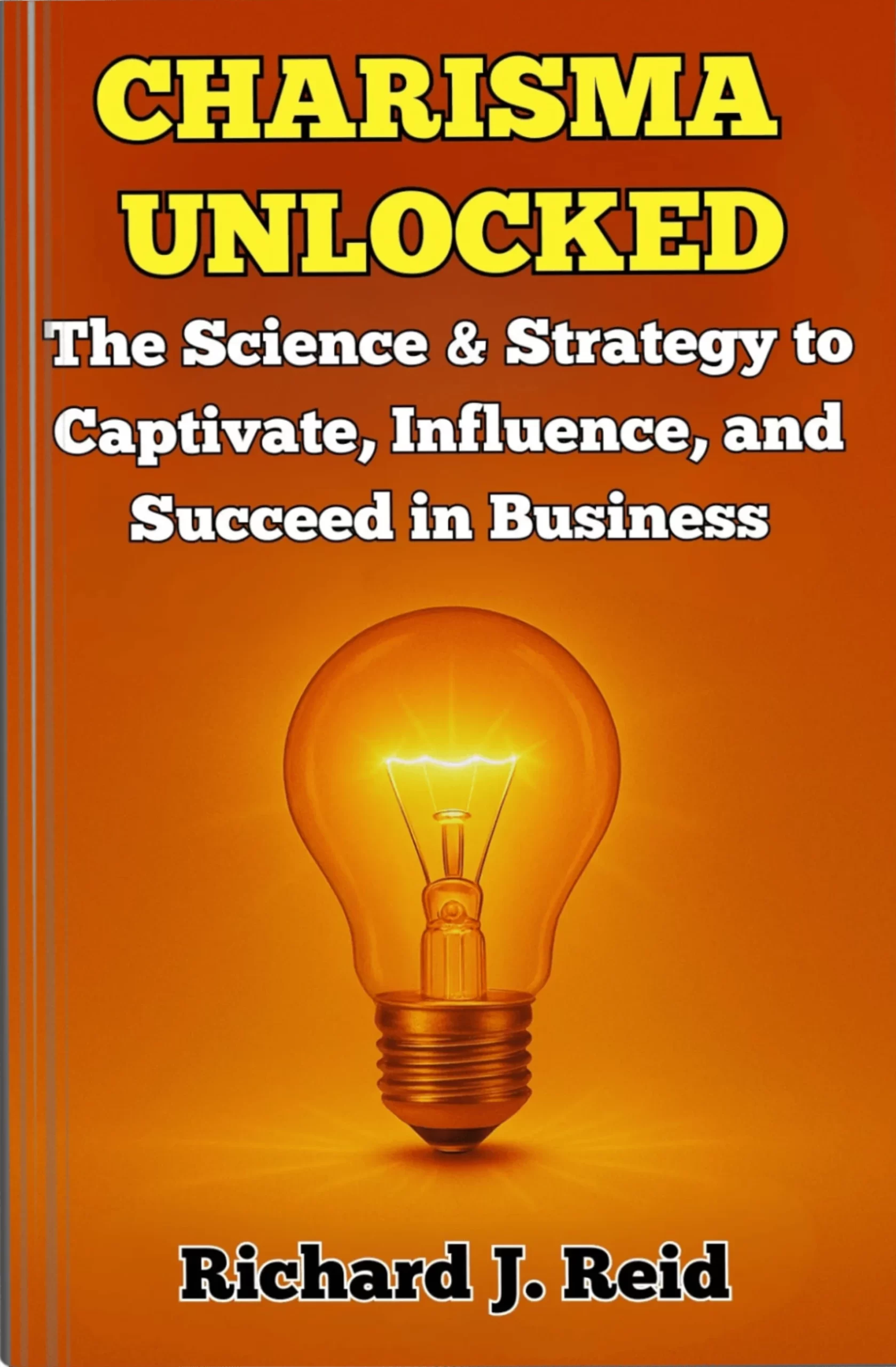Introduction
Oratory, the art of persuasive public speaking, has been a cornerstone of leadership and influence since ancient times. From the eloquent speeches of Cicero in Rome to the powerful orations of Demosthenes in Greece, the enduring relevance of ancient oratory techniques is a testament to their timeless power. This whitepaper explores how these techniques, steeped in a rich historical tradition, can be applied in modern business scenarios to enhance communication, leadership, and influence.
The Foundations of Ancient Oratory
The Three Branches of Oratory
Cicero, a master orator of ancient Rome, identified three branches of oratory: Judicial, Deliberative, and Epideictic1. Each branch serves a distinct purpose:
- Judicial Oratory: Focuses on justice and is typically used in legal settings.
- Deliberative Oratory: Aims to persuade an audience towards future action, often used in political and business contexts.
- Epideictic Oratory: Centers on praise or blame, commonly seen in ceremonial speeches.
The Five Canons of Rhetoric
- Invention: Developing arguments.
- Arrangement: Organizing the speech.
- Style: Choosing appropriate language.
- Memory: Mastering the content.
- Delivery: Presenting the speech effectively.
The Role of Ethos, Pathos, and Logos
Aristotle’s modes of persuasion—ethos, pathos, and logos—remain relevant today4:
- Ethos: Establishing credibility and trust. Businesses can achieve this by demonstrating expertise, experience, and ethical behaviour.
- Pathos: Appealing to emotions. Influential leaders use stories and emotional appeals to connect with their audience.
- Logos: Using logic and reason. Clear, logical arguments supported by data and evidence are crucial in business communication.
Modern Examples of Ancient Techniques
- Barack Obama’s Speeches: Barack Obama is renowned for his oratory skills, often employing techniques reminiscent of ancient rhetoricians. His speeches are well-structured, emotionally engaging, and logically sound. For instance, his use of anaphora (repetition of a phrase) in the “Yes We Can” speech inspired millions and demonstrated the power of rhetorical devices in modern contexts.
- TED Talks: TED Talks are a contemporary platform where speakers often use ancient oratory techniques. The best TED speakers use storytelling, clear structure, and engaging delivery to captivate their audience. Analysing successful TED Talks can provide valuable insights into effective communication strategies.
Practical Exercises
- Speech Analysis: Study famous speeches to identify the use of rhetorical devices and techniques.
- Mock Presentations: Practice delivering presentations to peers and solicit feedback.
- Voice Training: Work with a voice coach to improve vocal modulation and clarity.
- Storytelling Workshops: Attend workshops to enhance your storytelling skills, a key component of engaging presentations.
Applying Ancient Techniques to Modern Business
Invention: Crafting Compelling Arguments
In the business world, the ability to craft compelling arguments is crucial. This involves thorough research, understanding the audience, and anticipating counterarguments. For instance, when pitching a new product, a business professional should highlight unique selling points backed by data and testimonials.
Arrangement: Structuring Your Message
A well-structured message enhances clarity and impact. Modern presentations can benefit from the classical introduction, body, and conclusion arrangement. For example, a CEO addressing stakeholders might start with a compelling story (introduction), present vital financial data (body), and conclude with a call to action (conclusion).
Style: Choosing the Right Language
The choice of language can significantly influence an audience. Ancient orators used rhetorical devices such as metaphors, analogies, and repetition to enhance their message. Using clear, concise, and impactful language can make presentations more persuasive in a business context. For instance, Steve Jobs was known for his simple yet powerful language during product launches.
Memory: Mastering the Content
While modern technology allows for notes and teleprompters, mastering the content remains essential. This boosts confidence and allows for more natural and engaging delivery. Practising speeches and presentations can help business professionals internalise their message.
Delivery: Engaging the Audience
Effective delivery involves vocal modulation, eye contact, and body language. Ancient orators like Demosthenes practised speaking with pebbles in their mouths to improve diction. Today, business leaders can benefit from voice training and practising in front of a mirror or recording themselves to refine their delivery.
Case Studies
- Martin Luther King Jr.’s “I Have a Dream” Speech: Martin Luther King Jr.’s speech is a prime example of compelling oratory. His use of repetition, vivid imagery, and emotional appeal galvanized millions3. This speech is a testament to the transformative power of oratory, inspiring change and unity. Business leaders can learn from his ability to connect with the audience on an emotional level, making their messages more impactful.
- Steve Jobs’ Product Launches: Steve Jobs’ product launches are legendary for their simplicity and impact. His storytelling, clear structure, and engaging delivery made his presentations memorable. Entrepreneurs can emulate Jobs’ style to make their pitches and presentations more compelling.
Practical Tips for Modern Business Professionals
- Know Your Audience: Tailor your message to the interests and needs of your audience.
- Practice Regularly: Rehearse your speeches and presentations to build confidence and refine delivery.
- Use Rhetorical Devices: Incorporate metaphors, analogies, and repetition to enhance your message.
- Engage Emotionally: Connect with your audience emotionally to make your message more memorable.
- Seek Feedback: Continuously improve by seeking feedback from peers and mentors.
Conclusion
Ancient oratory techniques offer valuable insights for modern business professionals and entrepreneurs. By mastering the art of persuasive communication, leaders can enhance their influence, inspire their teams, and drive business success. Embracing these timeless techniques can bring significant benefits in today’s fast-paced business environment.
References
- Philosophos, The Art of Rhetoric by Cicero: A Comprehensive Overview.
- Wikipedia, Rhetoric.
- Britannica, Oratory | Definition, Examples & Techniques.
- Cambridge University Press, Types of Oratory.
- Fiveable, Greek Oratory and Rhetoric.
- Journal of Communication, The Impact of Public Speaking Training on Anxiety and Performance.










